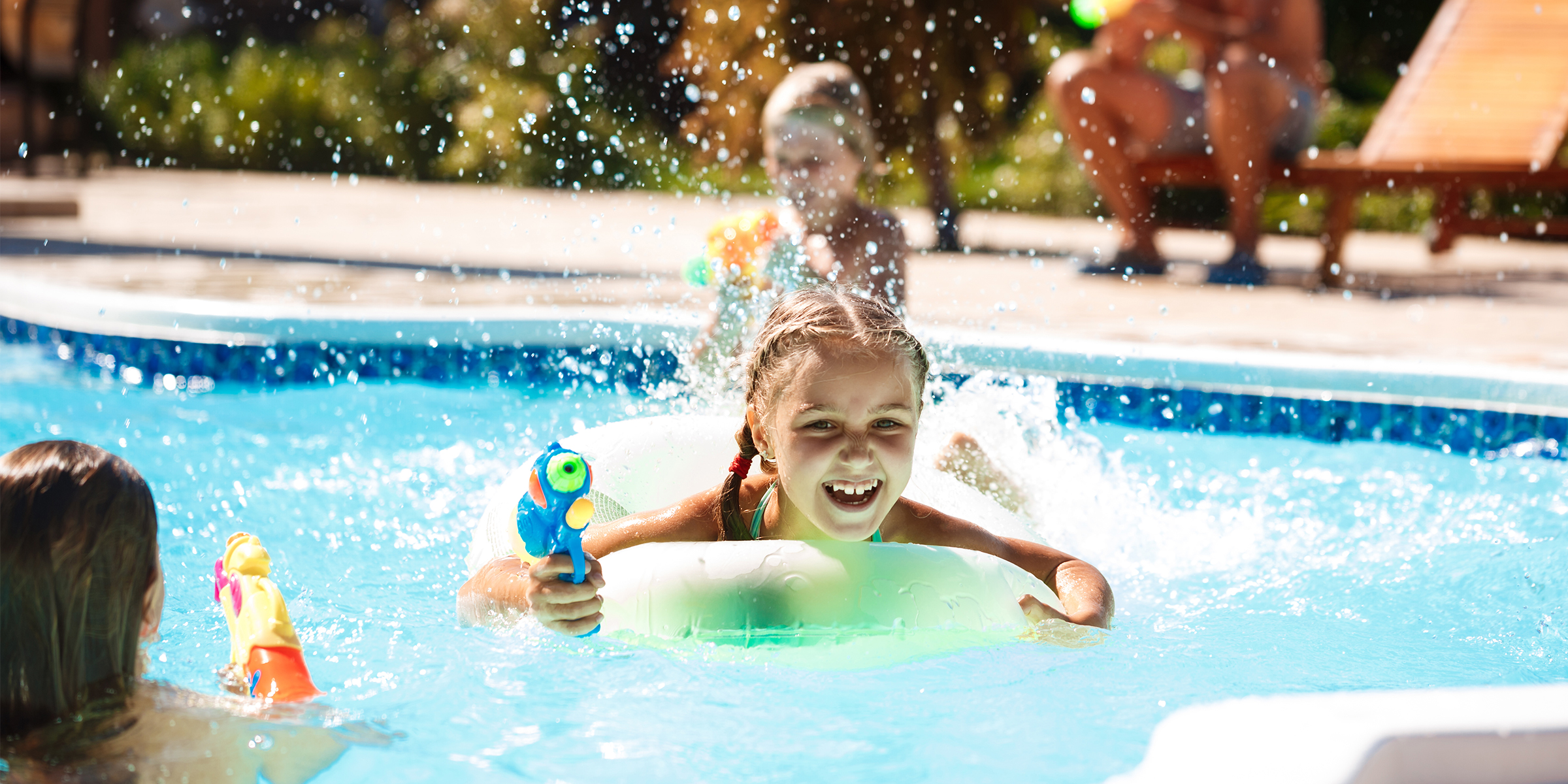As a pool owner, you know that a clean pool is vital for your family to enjoy swimming happily and healthily. Your pool filter shoulders most of the load when it comes to keeping your pool clean. But as time passes, you may wonder, how long do pool filters last?
We’ve put this guide together to help answer that question. We’ll also help you identify when your filter needs replacing and how to extend the life of your filter.
Understanding the costs involved in installing and maintaining a pool filter will help you make an informed decision to choose the right filter to fit your budget. Whether you’re looking to replace your current pool filter or shopping for a new pool setup, we have you covered.
What Is the Manufacturer’s Lifespan for Filters?
How long do pool filters last? Most pool filter manufacturers recommend replacing your Cartridge filter element every 2 to 3 years, Sand filter media normally last 7 to 10 years. The lifespan of your pool filter can vary based on several factors.
- Pool size
- Filter type (sand or cartridge)
- Filter brand
- Filter model
- How often your pool is used
- The chemicals you use to treat your water
Even if your pool filter is not at the end of its lifespan, it may need to be changed sooner if you notice a decrease in water pressure or cloudiness in the pool water.
If you have an above-ground pool, you may wonder, how long do above-ground pool filters last? Cartridge filters and sand filters are both suitable for above-ground and in-ground pools. The filters operate identically in either pool; the only difference is in the filter size required and the flow rate. Therefore, an above-ground filter lasts as long as an in-ground filter – two to seven years.
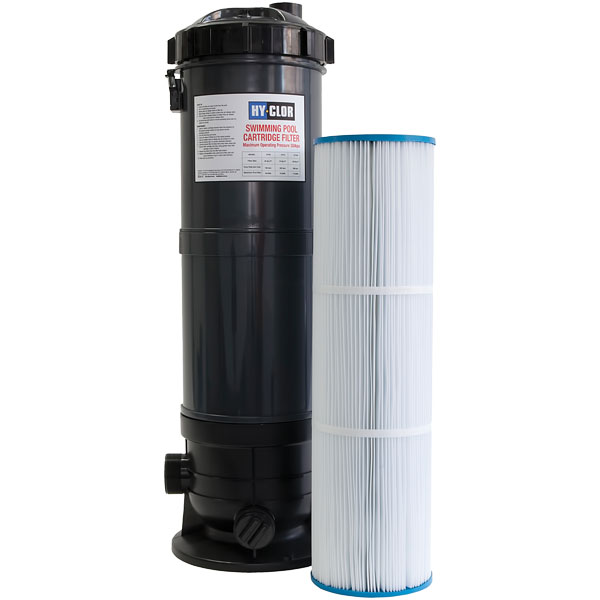
Cartridge Filters
A cartridge filter is a pool filtration system that uses a pleated, cylindrical cartridge made of polyester or other materials to filter debris from the pool water. Cartridge filters are known for their low maintenance requirements and high efficiency, making them a popular choice for pool owners.
How long do pool cartridge filters last? Cartridge filters last 5 to 10 years. Cartridge filter elements last between 2-3 Years.
We recommend our Hy-Clor cartridge filters for top-quality pool filtration.
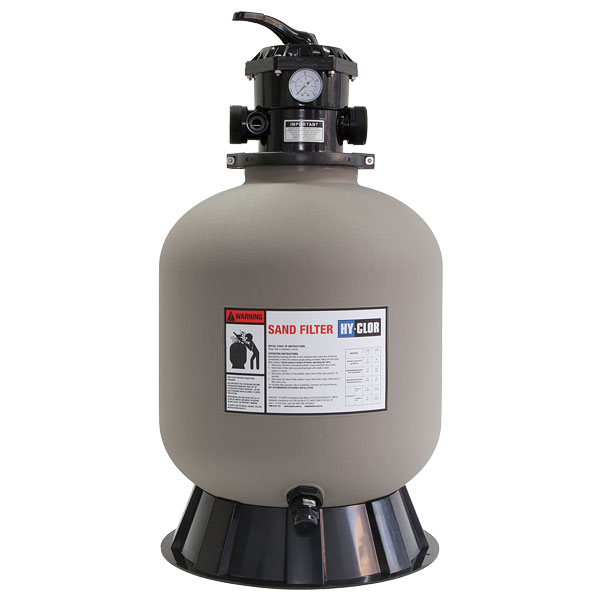
Sand Filters
A sand filter is a pool filtration system that uses a layer of sand to filter debris from the pool water. Sand filters are known for their durability and low maintenance costs, also making them a popular choice for pool owners.
To get the most life out of your sand filter, you should backwash your filter at least once per month. Backwashing helps to clear away any particles that may have become trapped in the filter, which can cause it to wear down faster.
Our Hy-Clor pool sand filters come in either a 19-inch or 24-inch size. Both are suitable for
- Chlorine pools
- Salt pools
- Above-ground pools
- In-ground pools
- Spas
- Swim-spas
What is the lifespan of a sand filter? The filter media (material) should be replaced every 7 to 10 years. Common filter media for sand filters includes silica sand, glass balls or our Zeo-Clor filter media. The tanks typically last between 7 and 20 years.
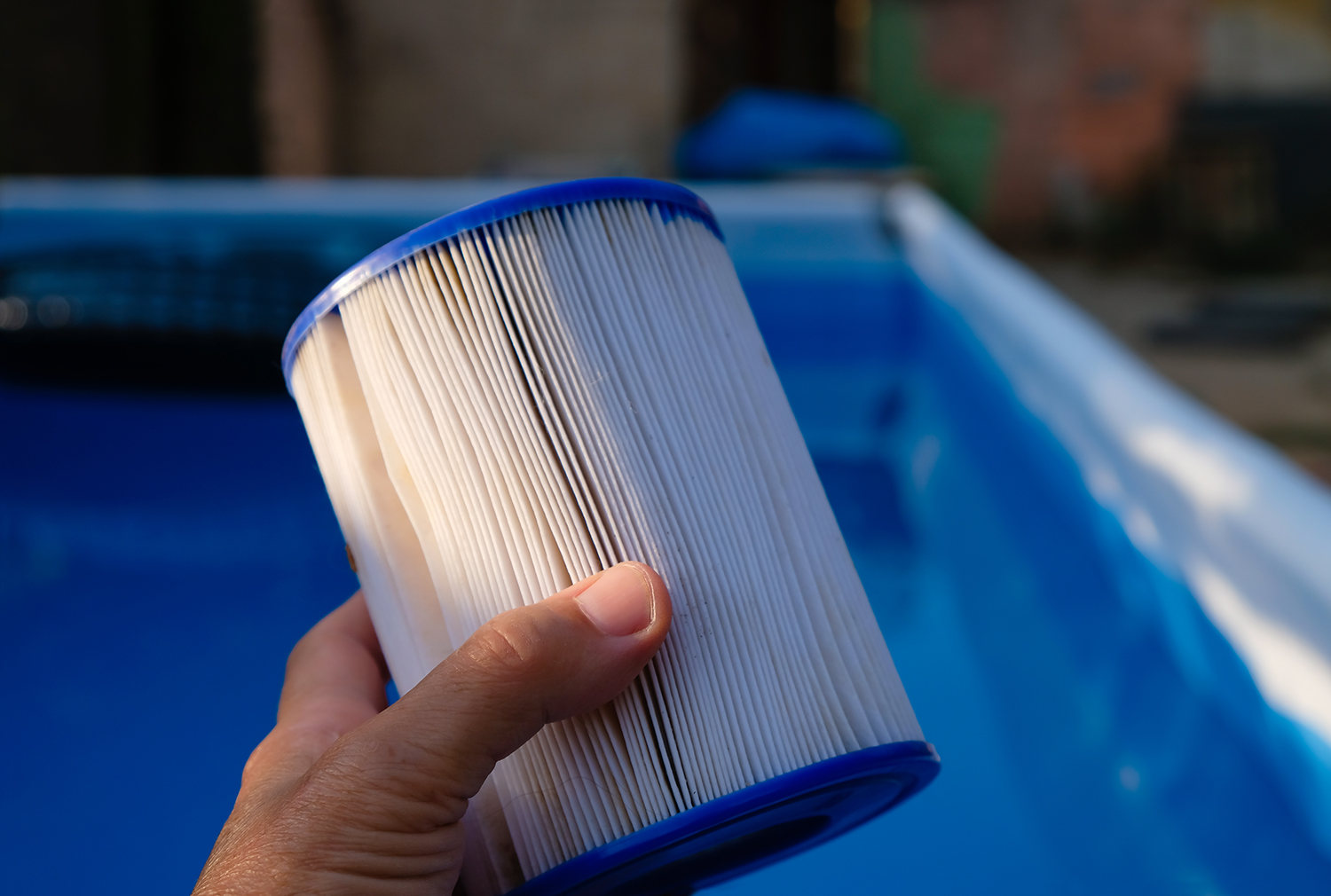
What Are the Signs a Cartridge Pool Filter Needs To Be Replaced?
A well-maintained filter will keep your pool clean and clear, but a worn-out filter can cause issues such as cloudy water and low water flow.
Let’s look at particular signs that indicate your filter needs replacing.
Frayed or Torn Filters
Visually inspect your filter cartridge material for signs of tears or fraying fibres. A damaged filter needs replacing for several reasons.
- Reduced filtration efficiency. Fraying or tears allow contaminants to pass through unfiltered.
- Increased pressure. Check the pressure gauge on your filtration system. If the pressure (PSI) is higher than normal, the cartridge could be torn or ripped, causing increased resistance to water flow.
- Damage to the pool or equipment. The increased pressure caused by a frayed or torn filter can damage the pool or filtration equipment.
- Health and safety concerns. A frayed filter can release fibres and particles into the pool.
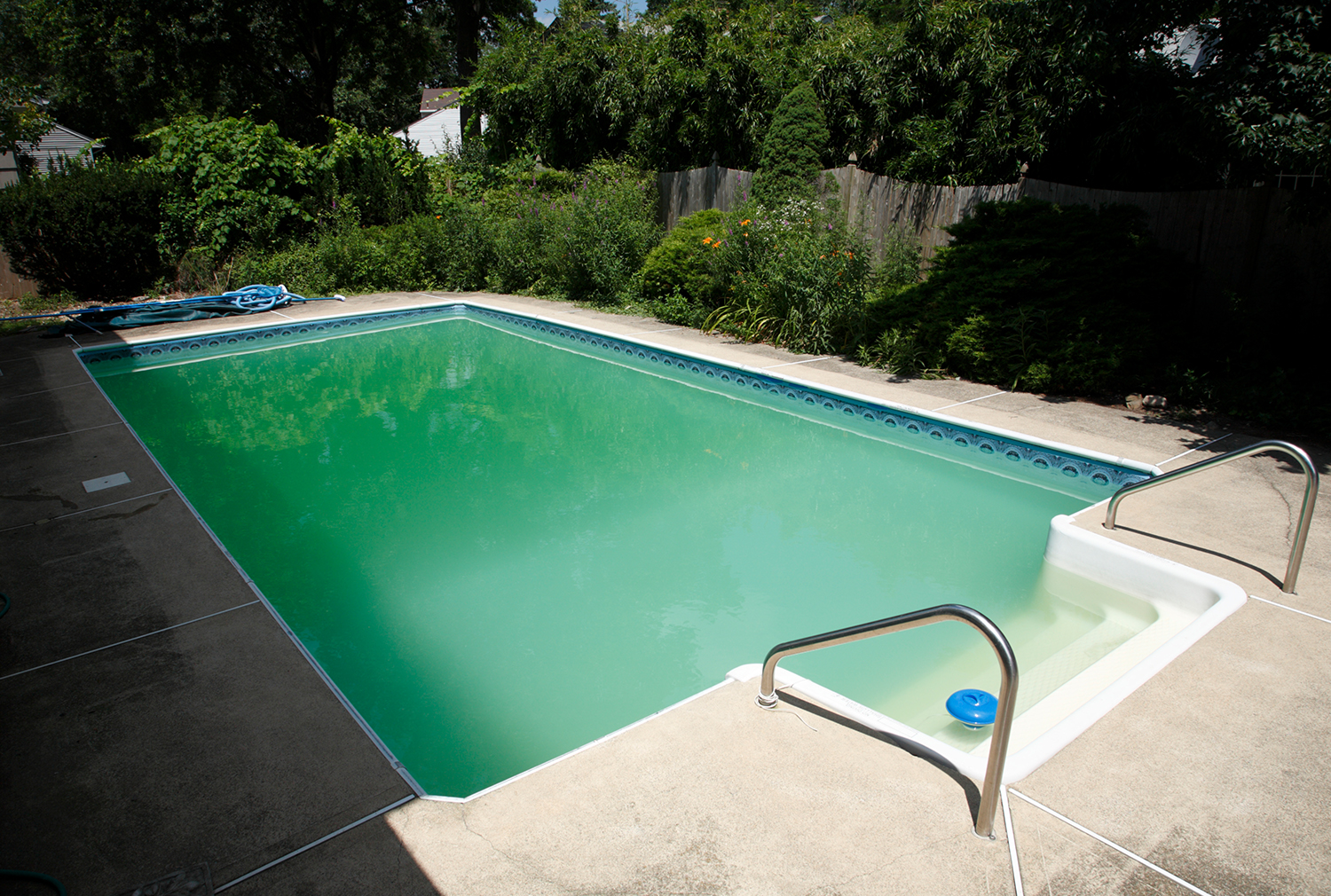
Crushed or Flattened Cartridge Pleats
Visually inspect the pleats on your cartridge to ensure they are correctly aligned and not crushed, flattened, or distorted. Check the end caps of the cartridge for signs of damage, as this can also indicate that the cartridge is crushed.
If your filter cartridge’s material is crushed or flattened, it needs replacing for several reasons. A crushed cartridge filter can block and reduce water flow through the filter, causing reduced filtration efficiency.
Check the pressure gauge on your filtration system. If the pressure is higher than normal, this can indicate that the cartridge is crushed and causing increased resistance to water flow.
Your Pool Is Dirty
A dirty pool does not necessarily indicate that your pool filter needs replacing. A dirty pool can result from poor filtration, inadequate circulation, lack of maintenance, and the introduction of contaminants into the pool.
However, if your pool filter is not functioning correctly, this can contribute to a dirty pool. If you notice the following signs, your filter cartridge or sand may need replacing.
- Increased pressure
- Reduced water flow
- Cartridge damage
- Inefficient filtration
High Filter Pressure
Check the pressure gauge on your filtration system to determine if your pool water pressure is high. The normal operating pressure reading (PSI) for a pool filtration system should be between 10 to 25.
High water pressure can cause increased resistance to water flow, leading to damage to the pool or filtration equipment.
What Are the Signs a Sand Pool Filter Needs To Be Replaced
Constantly Cloudy and can’t get a crystal clear pool
Constantly cloudy water can be a frustrating problem for pool owners, especially when everything else seems to be in balance. If you’re struggling to achieve a crystal clear pool, your sand filter may be to blame. Despite regular maintenance, the filter media can become less effective over time, resulting in cloudy water that just won’t clear up.
One simple solution to try is increasing the run time of your pool filter. The recommended run time is eight hours per day, but if your water is still cloudy after that, it may be time to consider replacing the media in your sand filter. Generally, filter media should be replaced every 7-10 years to ensure optimal performance. To learn more about the best types of sand filter media for your pool, check out our “Handy Tips” article on “Best sand for pool filter”.
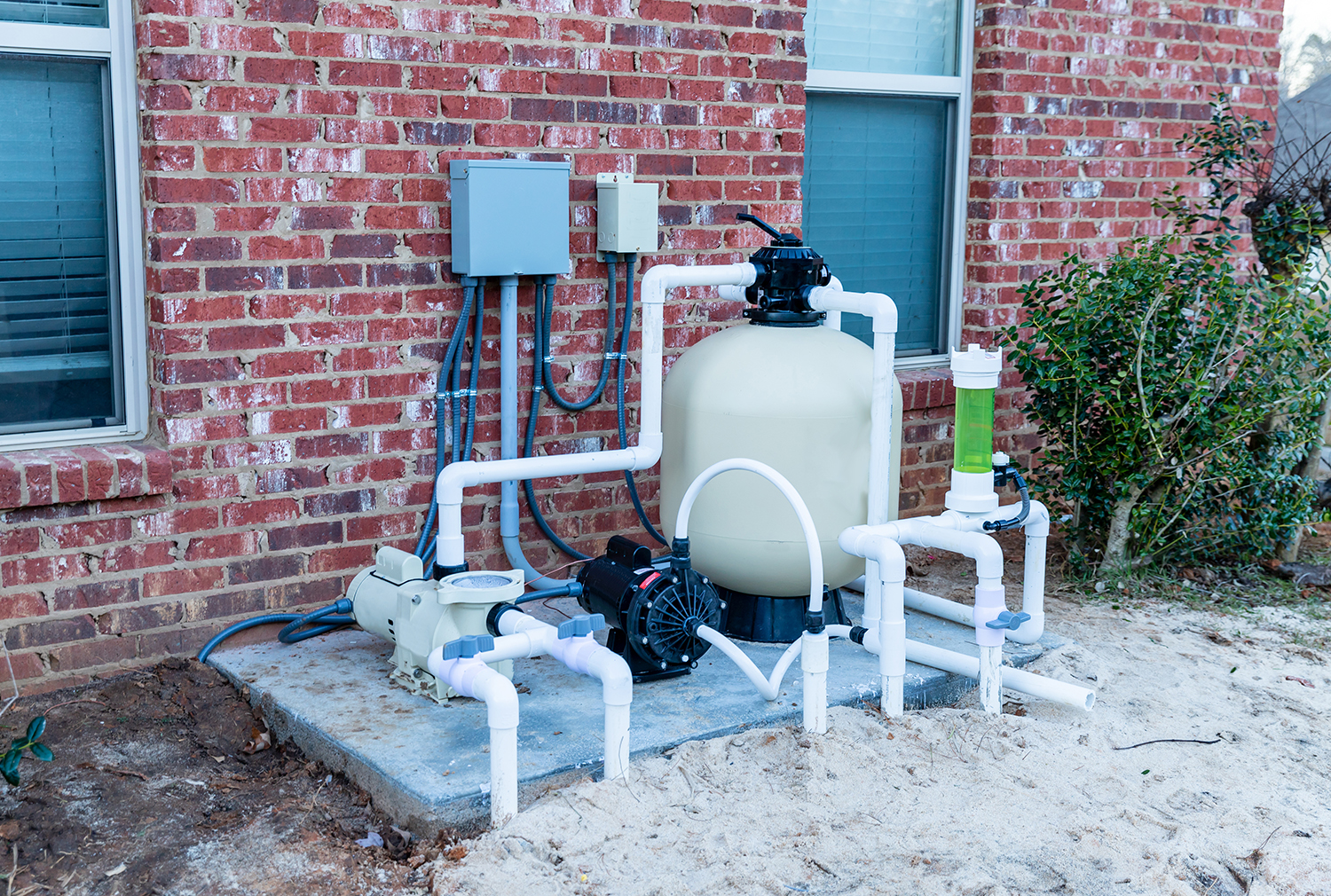
High and Low pressure
High pressure in a water filter can be caused by various factors, including clogged or calcified filter media, a dirty or damaged filter, or an issue with the pump or plumbing system. Over time, minerals in the water can build up on the filter media and cause it to become calcified, which can lead to reduced water flow and higher pressure.
Using a filter degreaser that’s compatible with your specific type of filter can help break down buildup on the filter media and restore water flow be sure to follow the instructions on the bottle for the best effect. If the filter media is completely blocked or calcified, replacing it may be necessary. Be sure to follow the manufacturer’s instructions carefully and handle the media with care to avoid damaging the filter.
Low pressure in a water filter can also be caused by various factors, including channelling, a dirty or damaged filter, or an issue with the pump or plumbing system.
Channelling is a common issue in media filters, and it occurs when water finds an easy path through the media instead of passing evenly through the entire bed. It can be caused by uneven media distribution, high flow rates, or inadequate backwashing, and may require replacing the filter media.
To prevent calcification and other issues with water filter pressure, it’s important to perform regular maintenance and cleaning. This can include backwashing the filter according to the manufacturer’s instructions, using a compatible filter degreaser periodically, and replacing the filter media when necessary. Additionally, choosing the correct filter size and type for your specific application can help prevent overloading the system and prolong the life of your filter.
If you have a variable speed or 2 speed pump, it might be that your pool is not getting enough circulation and filtration. In this instance, either increase the time you are running the filter or switch your pump mode to a higher speed.
Sand appearing in the pool
Damaged or worn filter components: Over time, the components of a sand filter, such as the laterals or the filter tank itself, can become damaged or worn. When this happens, sand from the filter media can escape and enter the pool.
Overloading of the filter system: If the pump is too powerful or the filter is too small for the pool, the filter may become overloaded and unable to properly capture all of the debris in the water. This can cause sand from the filter media to be carried into the pool.
Incorrect sand type or amount: If the wrong type or amount of sand is used in the filter, it may not be able to effectively trap debris and contaminants in the water. This can result in sand particles being carried into the pool.
Backwash and rinse cycles not performed correctly: If the backwash and rinse cycles are not performed correctly or often enough, the filter media can become clogged and ineffective at capturing debris. This can cause sand particles to enter the pool.
Yes, the age of filter media can also be an issue in terms of its effectiveness. Over time, the sand particles in the filter media can break down or become compacted, reducing their ability to effectively trap debris in the water. As a result, the filter may become less efficient at filtering the water, leading to decreased water clarity and potential issues with sand entering the pool.
It’s generally recommended to replace the filter media every seven to Ten years, depending on usage and maintenance. Regular backwashing and proper chemical treatment can help extend the life of the filter media, but eventually it will need to be replaced. If you’re experiencing issues with sand entering your pool despite regular maintenance and proper sizing of the filter system, age of the filter media may be a contributing factor.
Consider having the filter media inspected and potentially replaced if it’s you can not identify any issues yourself.

How Can I Extend the Life of My Filter?
Regularly maintaining and cleaning your pool filter will extend its life span. Removing debris from the filter and hosing it down helps remove dirt and stops clogging that causes reduced filter efficiency. Soaking your cartridge in a filter cleaning solution can help remove built-up dirt and debris, extending the filter’s life.
Here are some other tips to extend the life of your pool filter.
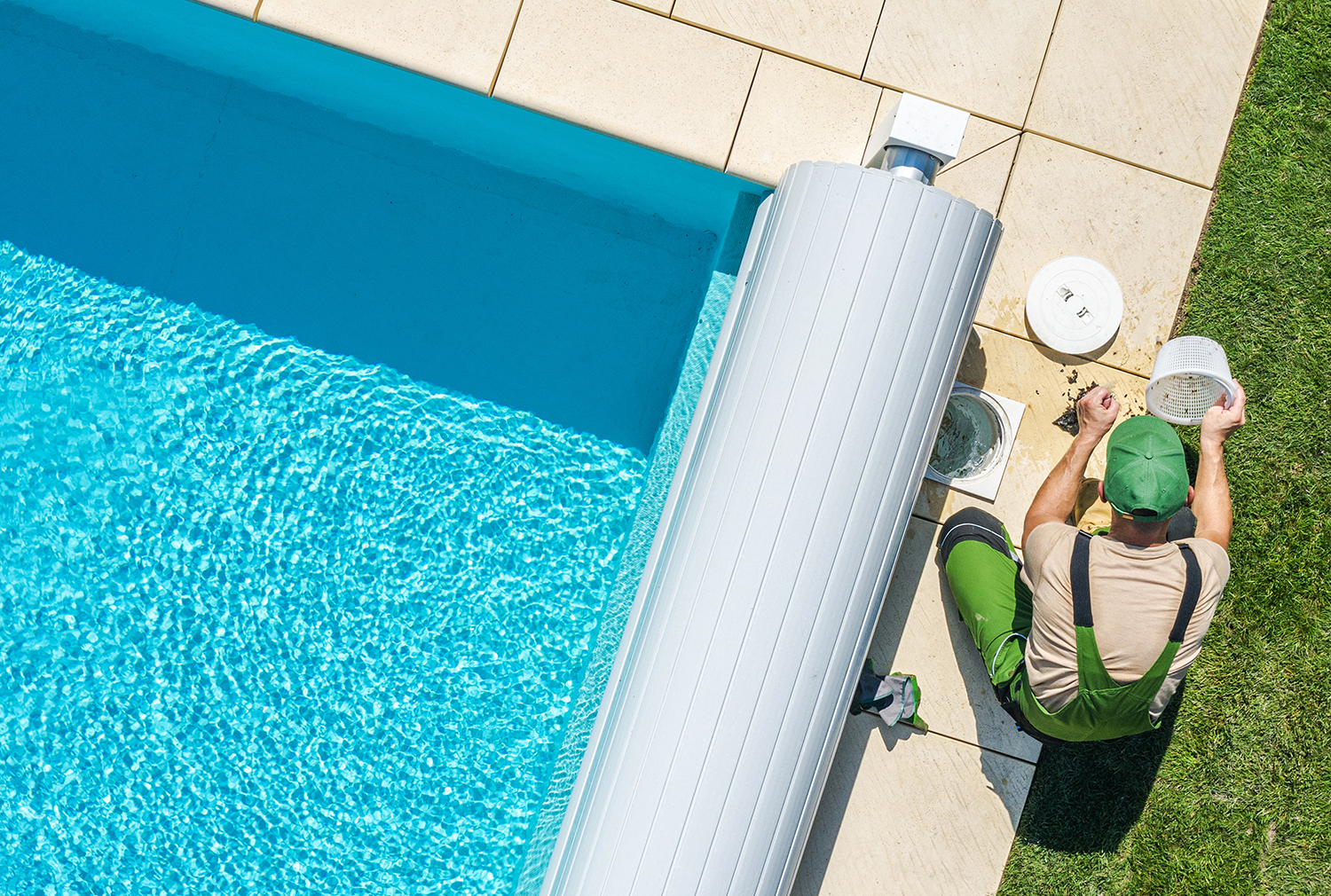
Run Your Filter Efficiently
Running your filter for the right amount of time each day, at the right speed, can prevent overworking and damage to the filter. Typically, pool filters should run for eight to ten hours daily, at the recommended speed, depending on the specific pool and filter type. For best results, consult the manufacturer’s instructions for your pool and filter, or seek advice from a professional pool technician.
The recommended eight to ten-hour run time doesn’t have to be consecutive. It can be divided into two or more periods throughout the day as long as the total run time adds up to the recommended amount.
Regularly Inspect Your Filter
Regularly inspecting the filter for signs of damage, such as tears, fraying, or flattened pleats can help you identify issues before they become bigger problems. Then, you can clean or replace your filter as needed to extend its lifespan.
Keep Your Skimmers Clean
Regularly cleaning your skimmers can prevent debris from clogging the filter. Clogged filters reduce filtration efficiency and cause damage.
By following these tips, you can extend the life of your pool filter, save money on replacements, and keep your pool water clean and clear.
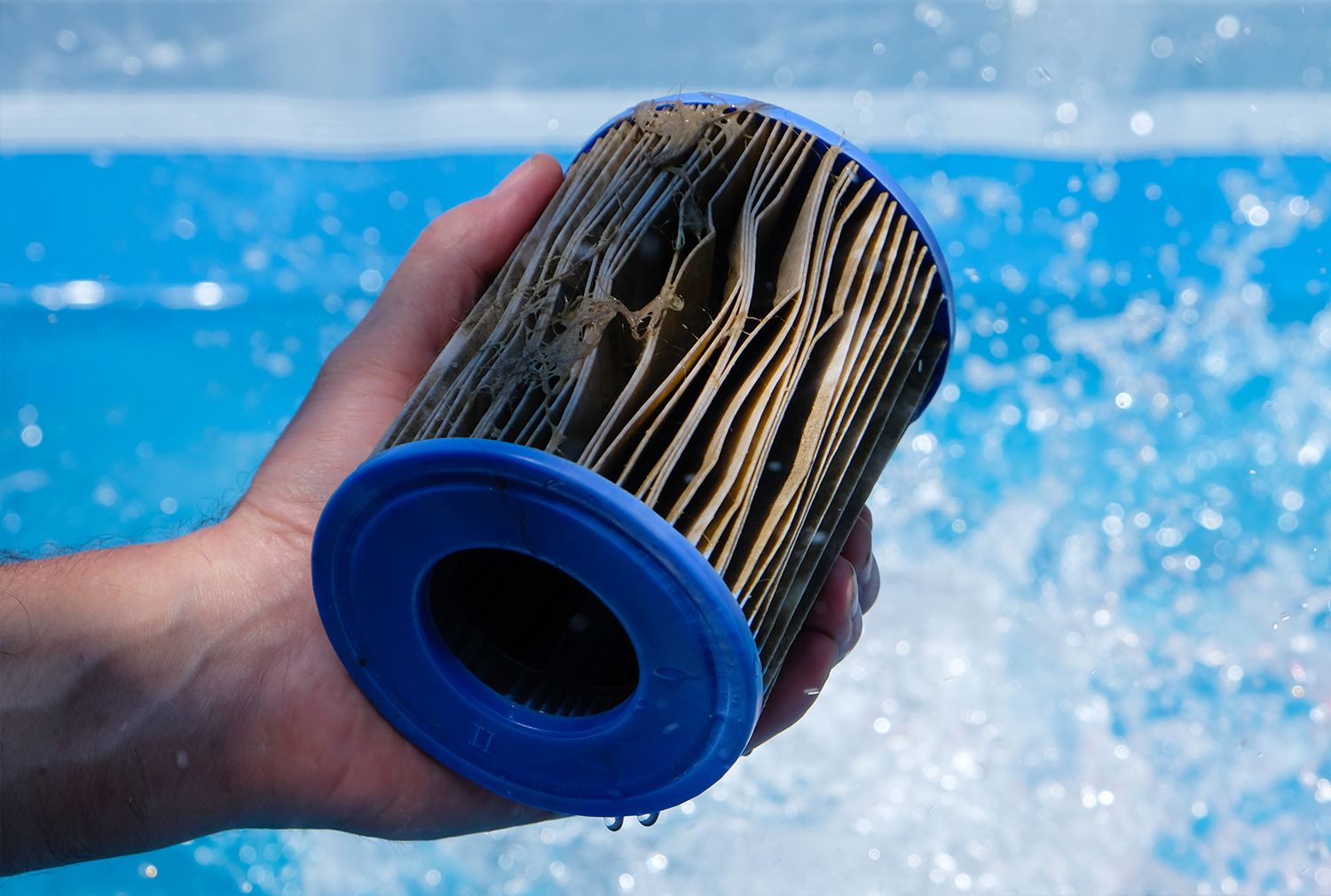
Do You Need New Filters?
As we’ve seen in this guide, the manufacturer’s lifespan for filters varies depending on your specific filter and usage but generally ranges from two to seven years. Signs that your pool filter may need replacing include visible wear and tear of filters, increased pressure gauge readings, and a noticeable decline in water clarity.
Regular maintenance and timely replacement of filters are crucial to ensuring clean and healthy pool water. Act now to ensure the longevity and efficiency of your pool filter!
Wondering how long do pool filters last? We’re here to help. We are one of the largest swimming pool treatment and equipment suppliers in Australia and New Zealand. Our team of experts at Hy-Clor will help you discover how our high-rate pool filters can provide the perfect filtration for your pool.
For more information, get in touch with us today via our online enquiry form. Alternatively, please call us on 1800 625 123 if you’re in Australia or (09) 973 2477 if you’re in New Zealand. It is best to visit your nearest Bunnings Warehouse for the full Hy-Clor range.



